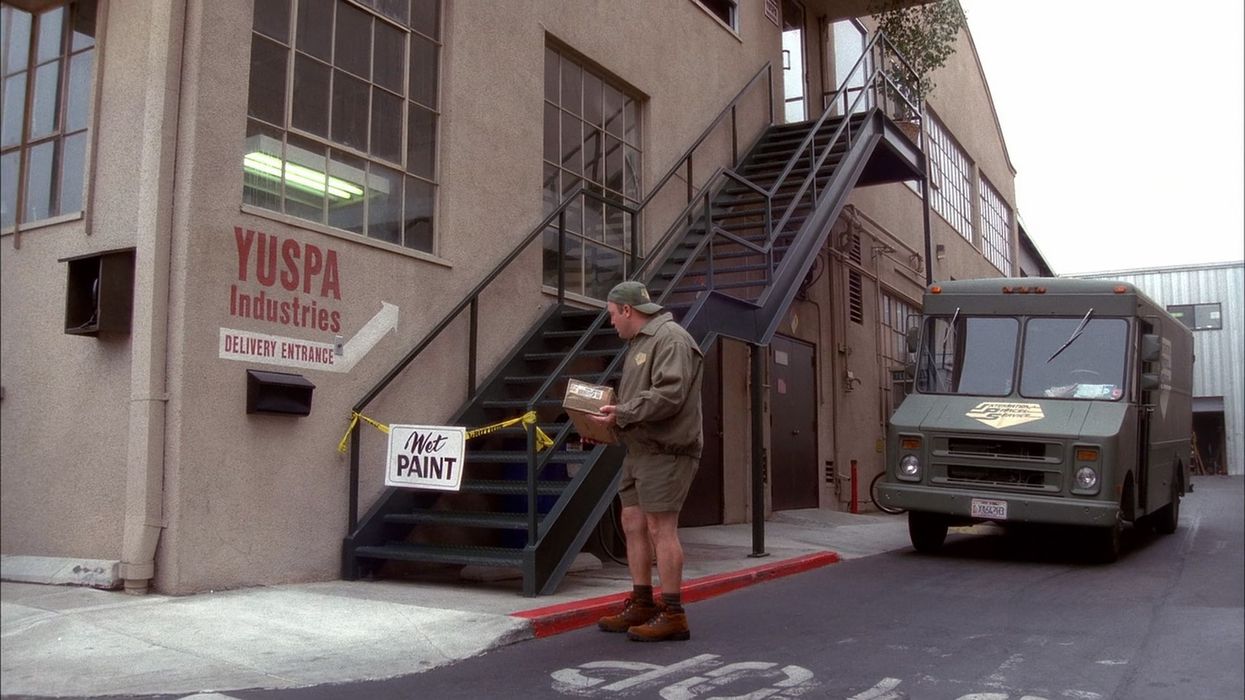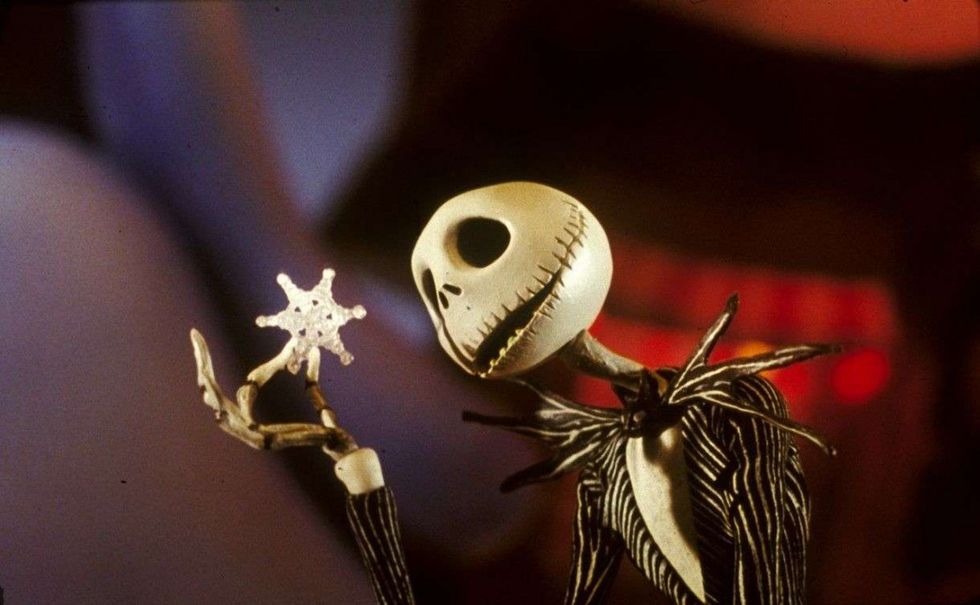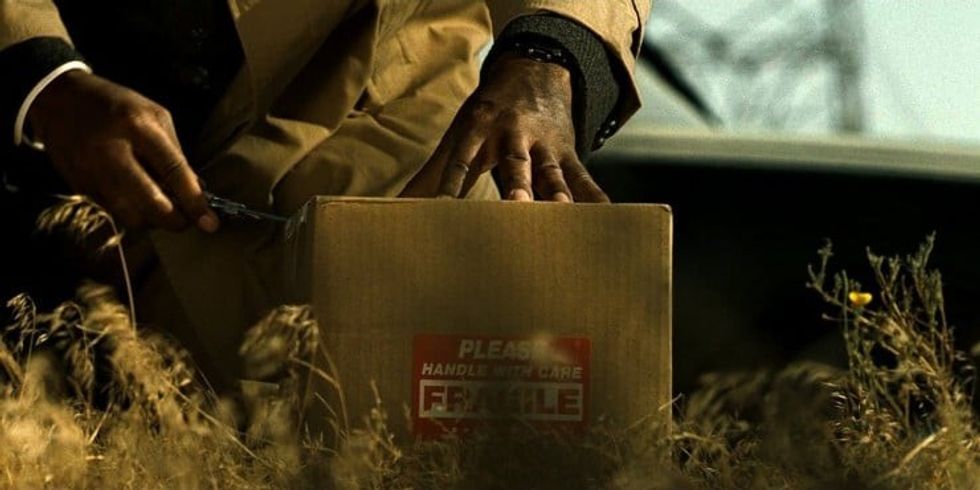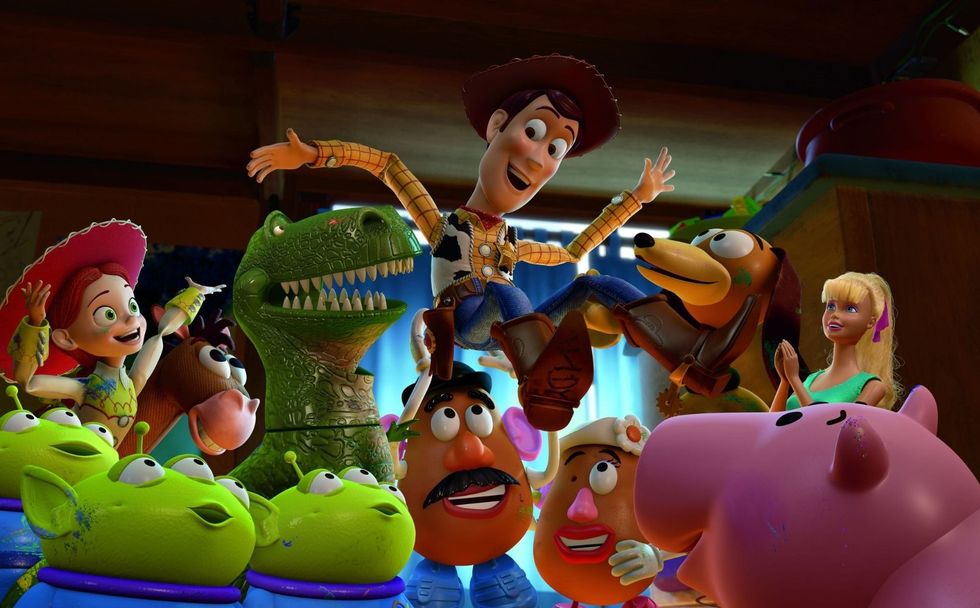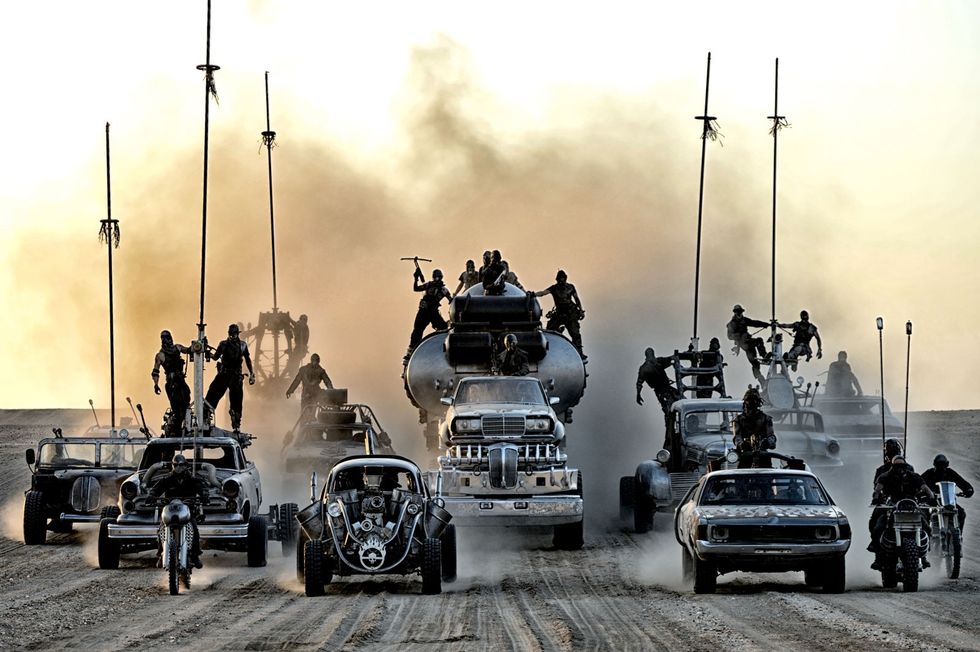Take a Break from Super Wide — Portrait Film 'Dayveon' Shows 4:3 is Still Relevant
Have we forgotten the power of a narrow frame?
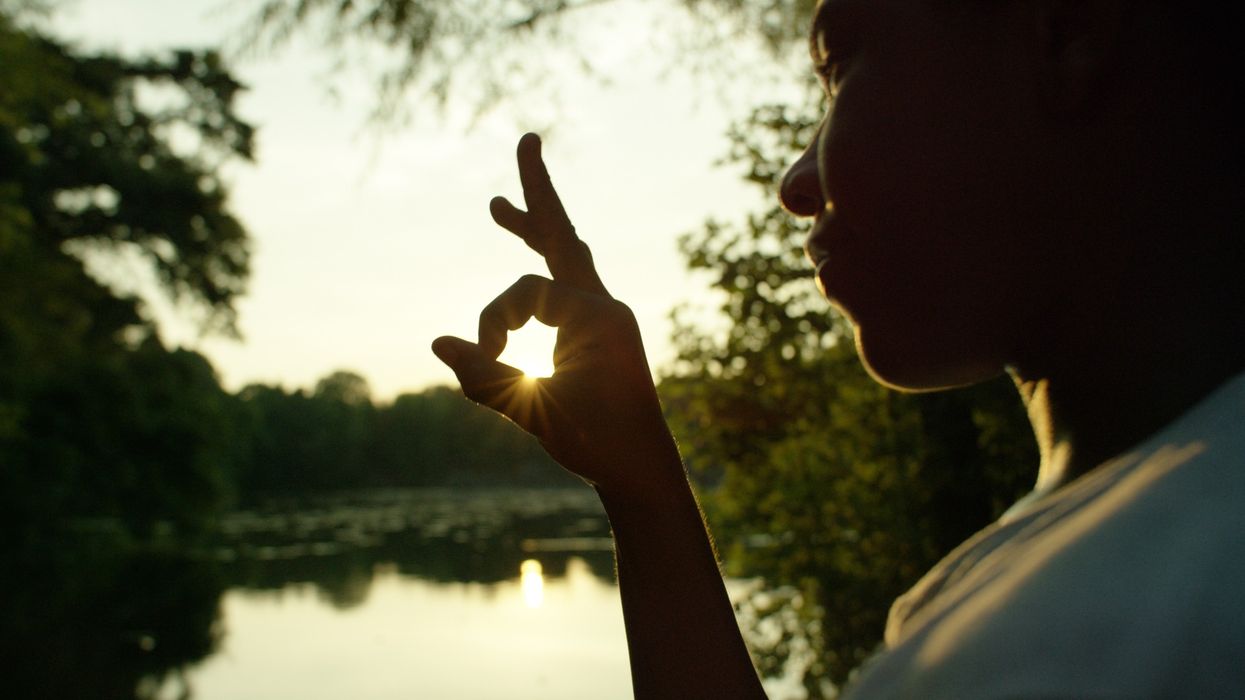
In our preoccupation with anamorphic and 16:9 versus 2.35:1, have we forgotten that there are other options? Amman Abbasi's debut feature about a Little Rock kid suggests that 4:3 may be a vital storytelling device worth reconsidering.
While working on a documentary about gang violence in Chicago, Abbasi became interested in exploring why adolescents get caught up in this world. Abbasi, who has a background in music, hoped to experiment with his first film the same way that he would while composing a song. The result, Dayveon, features a cast of Little Rock non-actors, overseen by experienced executive producers David Gordon Green and James Schamus.
"Form follows function in filmmaking."
No Film School caught up with Abbasi prior to the film's Berlin premiere to talk about composing for 4:3, the similarities between music and film, and how disasters in the edit room can lead to great things—if you're willing to evolve.
No Film School: Dayveon is a portrait of a kid in Little Rock. The film is shot in a 4:3 aspect ratio. Are those two things related?
Amman Abbasi: Absolutely. They're very much related. Form follows function in filmmaking. Context is key. This is a portrait of a young boy being thrust into adulthood. We cut off the periphery of everything else, and we lock into his world and his isolation.
Having studied photography and being attracted to medium format, shooting 4:3 worked for this film. Adding to that, social media, particularly Instagram, is how most people now share videos and photos, and they inhabit this square, boxy format. So that made sense for this film. It may not make sense for every film, but for Dayveon, it does. That's how the cinematographer, Dustin Lane, and I thought about it. We thought about the framing in a photographic way.
"We used a RED Cinema camera that we shot with a 4:3 crop."
NFS: Did shooting in 4:3 change the way you thought about telling the story, assuming you shot in 4:3 and didn’t crop later?
Abbasi: We used a RED Cinema camera that we shot with a 4:3 crop. Every image was shot with that in mind. It was not something where we decided in the edit. It was fun because we had to think about the storytelling in that way—how to frame things that way. Dustin's a great photographer, even outside of a cinematographer. So he channeled that voice a lot, too.
NFS: You’ve got a subject filling the frame at nearly all times, which creates a literal external portrait of Dayveon. There are also a lot of shots and cuts where we depart from realism. Does that create an internal portrait of the main character?
Abbasi: I refer to it as entering Dayveon’s emotional POV. There are segments when we do that very roughly and aggressively. Recklessly. It made sense for this film because it’s the story of a boy who is at one point very playful and having a nice, enjoyable youth. Then, he happens into something very dangerous and adult, and there is a lot of confusion that goes on inside the mind. We tried to capture that within the edit.

Abbasi: The motivation may be tied in with [my music background]. I want to do deep experimentation, just as I have always done in music. There are a lot of rules—whatever you call them—that we broke in editing. The jump cuts activate the audience to let you know where this boy is. Longer montage scenes were directly tied into the music. There wasn't a direct inspiration, but more so just the context and the feeling that we're trying to capture at the moment.
NFS: Has coming from a music background and composing music for film informed your style as a director?
Abbasi: I don't really know what the word "director" means because I have always thought that you have to learn the many aspects of filmmaking. I don't really know how to direct without actually knowing the specifics of those disciplines. Composing was no different than how we worked in rehearsals with the actors.
I think it was always about capturing the emotional intent of the film. The music came during the scripting process. And it evolved, too. It's always this big ball of evolution, even during the edit. Being comfortable to pivot—being able to throw away crap and say, "This doesn't work; it once did, but it no longer does," allows the project to start informing itself. So, in a way, the music evolved as the story did.
"Sometimes you don't need narrative thrust in movies."
NFS: What about some of the scenes with peripheral characters in the film? Those feel like they must have evolved from something non-linear. There's a scene in a bedroom with some gang members that feels like it must be somewhat improvised.
Abbasi: One scene you’re talking about is a scene of what I call "quiet desperation," where you just enter into their personal lives for a very brief moment, and there's no narrative for us. That's important.
Sometimes you don't need narrative thrust in movies. [Scenes don't always] need to push the narrative forward. Sometimes you can just allow them to just live with the characters. Be a fly on the wall, very vérité. And that was a unique moment in the film, where you can just be with them and, hopefully, understand a little more about their struggles and their time.

Abbasi: The editing process was difficult. I'm a meticulous person in terms of planning and I hyper-prepared for production. But I put the concept of editing on the backburner because I had these assumptions that it would be similar to the workflow on a documentary, where you can chew on material for a while. But it wasn't like that at all.
"When you start tying yourself down to something and it's not working, you're fooling yourself about something that's not there."
We had two great editors on the project: Michael Carter and Dominic LaPerriere. It was a collaboration between all three of us, rewriting concepts of scenes and reordering, restructuring. Just being open to that.
I think that's really important: to continually be open to the change and the evolution of a story. When you start tying yourself down to something and it's not working, you're fooling yourself about something that's not there. Sometimes you just have to let things go, and that was a big learning process for me. We did five or six months of intensive editing.
NFS: What would be your best piece of advice for other filmmakers?
Abbasi: Go in with no expectations. Getting into a festival is great. But just coming out and being able to enjoy it with the people that you love and trust—the cast, the crew—is something you need to be able to celebrate. Trust that your film will get the reception that it needs, and allow yourself to enjoy it.
